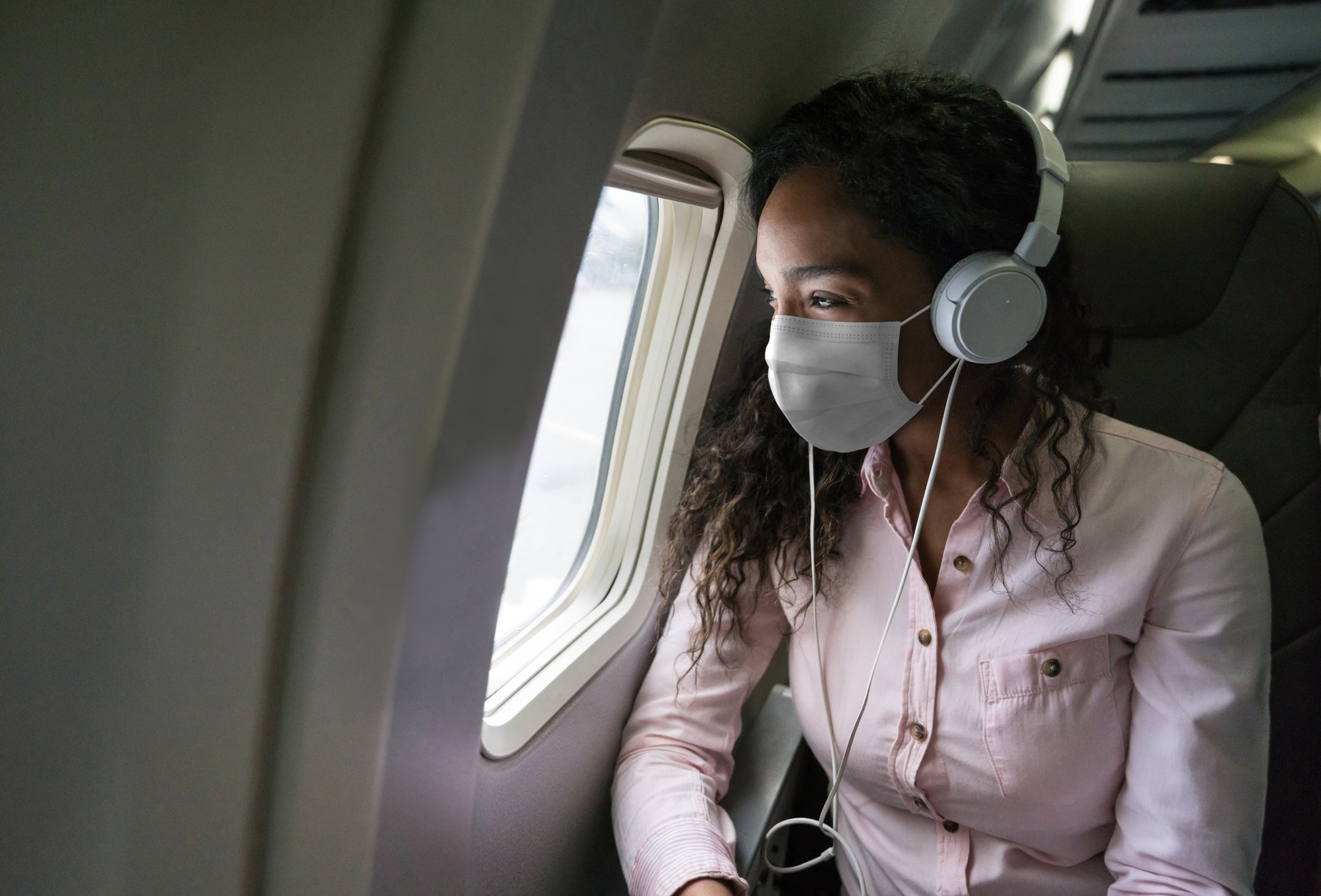
After 6 months of the coronavirus pandemic, some things have finally begun to feel like a return to “normal” life. Namely, the desire to travel and leave the confines of our homes after months of quarantine and self-isolation. While the summer saw millions of people hitting the open road in search of solace at some of their favorite travel destinations, air travel however, still has people worried about catching COVID-19 in the friendly skies.
With the Labor Day holiday approaching, and many beginning to venture out again, it leaves an important question still lingering: just how safe is it to travel right now? And as airports and airlines begin an upward tic, with more than 516,000 people passing through Transportation Security Administration checkpoints just on Sept. 1 (about six times more than on Apr. 14), what exactly are the safety precautions that people should take if they choose to fly.
Dr. Daniel B. Fagbuyi, Obama Administration Public Health/Biodefense appointee and Emergency Physician, answers all your questions about flying right now and how to stay safe.
Can flying on an airplane increase my risk of getting COVID-19?
Whenever you are in a situation where people congregate or there is less than ideal social distancing and/or poor ventilation in a confined space, you are likely to be exposed to covid19. It goes without saying that if under these same circumstances, people are not wearing masks/face coverings appropriately, the risk is greater. That said airlines have instituted some measures to help reduce that risk.
What’s the best way that I should prepare for air travel if I choose to fly?
For passengers, I would recommend: Bring your 70% or greater alcohol hand sanitizer, gloves (if you can replace them between flights and can carefully remove without contaminating yourself, e.g. rubbing the face/nose), face mask, and disinfectant for seat/surfaces; Eat before you get on flight so you can skip flight snacks, etc. This way you will not have to take off the mask until you get off the flight; Don’t drink too much liquid so you don’t have to use latrine if possible. Less surfaces to touch in the hang out spot of virus particles; Wash your hands with soap and water once you get off place before unmasking briefly or drinking/eating at layover or destination.
What’s the safest seat to be in to prevent the spread of COVID-19?
I prefer the window, but that’s my preference and not necessarily science based. There should be adequate distance between passengers; middle seats should be open, but that space is not usually 6ft, so there is inherent risk although there are some measures airlines are adopting to attempt to mitigate such risk, e,g, HEPA filters, air sterilizers and circulating fresh air in the cabin.
Can I take off my mask in-flight to drink water or eat?
I would keep my mask on throughout the flight if possible.
Should I wear gloves?
Our science is showing that covid19 spread is airborne and person-to-person as opposed to surface-to-person spread. You don’t necessarily need gloves, but do hand wash or carry hand sanitizer. Be mindful of touching your face, eyes, nose, and mouth; try not to touch.
What’s the best way to disinfect my seat area on the plane?
While the airlines say they have done this for you as the passenger, I would clean my area on the flight with lysol wipes or alcohol wipes that have at least 70% alcohol.
Is international travel riskier to your health than domestic travel?
Interesting question. We are a global economy and people travel from different parts of the world, but that doesn’t necessarily mean international travelers are more or less contagious. In fact, some may argue with our mediocre US response to COVID-19 and weak adherence to CDC guidelines, we may be more of a risk to the international traveler whose flight may have emanated from a country of low infection.




